The secret of the "Miracle in Missouri" or Why the body of a nun does not decompose years after death
Categories: North America | Science | World
By Pictolic https://pictolic.com/article/the-secret-of-the-miracle-in-missouri-or-why-the-body-of-a-nun-does-not-decompose-years-after-death.htmlAn American nun died 4 years ago, but her body almost does not decompose. The preservation of the body of Sister Wilhelmina Lancaster provoked a church investigation into her "holiness" and inspired people to make a mass pilgrimage. However, a researcher studying the decomposition of bodies said that this was not a divine intervention at all and a miracle had nothing to do with it.
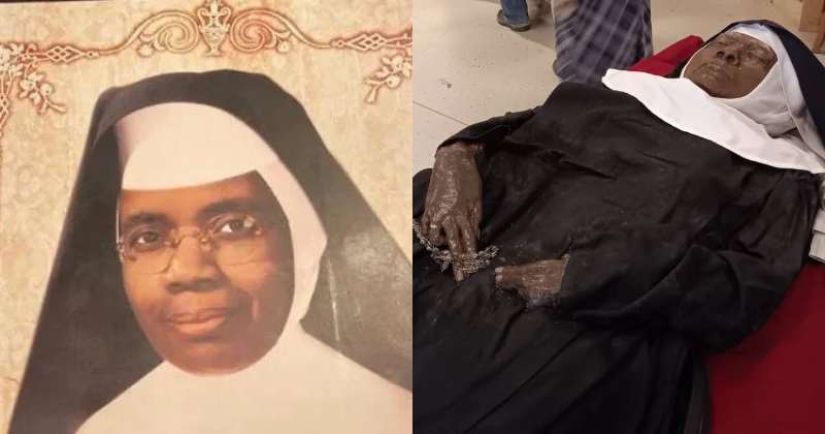

Wilhelmina Lancaster, founder of the Benedictine Sisters of Mary, Queen of the Apostles, died at the age of 95 in May 2019. Her body was not embalmed, it was buried in a wooden coffin. In May 2023, the Benedictine sisters of the church carried out an exhumation to move the coffin under the altar in the chapel of their monastery, as is customary for the founders. They were shocked to find that the body had almost not decomposed in 4 years.
The body was buried in clay soil and was in a cracked wooden coffin, which was exposed to moisture. But when the nuns opened the coffin lid, they involuntarily screamed: instead of a pile of crumbling bones, there was an almost intact body inside. And even the robe in which Wilhelmina was buried four years ago has been perfectly preserved. Moreover, her body now weighs about 40 kg, despite the fact that usually the weight of the remains is only about 9 kg.

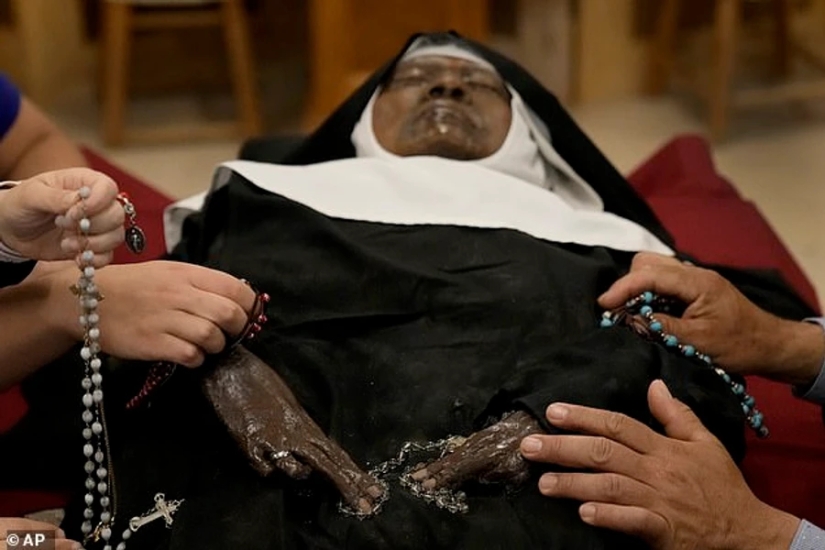
Exhumers found a layer of mold on Lancaster's body, probably due to condensation in the cracked coffin. However, neither Lancaster's corpse nor her clothes were almost decomposed. And in the Catholic tradition, bodies that do not undergo the process of decomposition are called "incorruptible", which is a sign of holiness and subsequently is the basis for sainthood. After exhumation, the body was covered with wax to keep it unchanged.
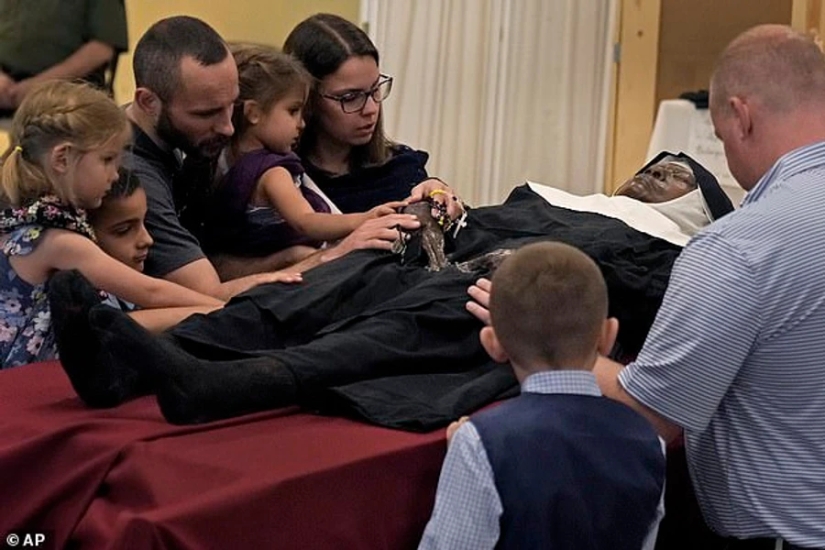
According to the Catholic News Agency, when the news about the incorruptibility of the nun spread on social networks, hundreds of people began to flock to Missouri to visit the deceased. Her body was displayed in the chapel of the sisters in Gower and at first pilgrims could touch it, but then the nun was removed under glass.
Mary Elizabeth Lancaster was born in 1924 in St. Louis. Lancaster wanted to devote herself to monastic life from a young age. At that time, most monastic communities did not accept women of African descent into their ranks, and in 1941 Lancaster entered the community of the Sisters of Providence. All the sisters in it were black. In 1995, she left this monastery, moved to Pennsylvania and created a new order there, based on the rules of St. Benedict. Divine services in the monastery were conducted in Latin according to the traditional missal, adopted before Of the Second Vatican Council, by priests from the Society of St. Peter. In 2006, the sisters moved to the monastery of Our Lady of Ephesus in Gower, which later received the status of an abbey.

The main service of the Benedictine sisters Mary, Queen of the Apostles, is the performance of traditional Latin chants. The nuns have recorded more than ten music albums that have received recognition: in 2013, during the lifetime of the founder of the order, Billboard magazine named their record the best classical album of the year.
The phenomenon of the incorruptibility of Sister Wilhelmina in social networks was called a "Miracle in Missouri", people claim that it is a sign of "divine intervention" and "holiness". If further investigation reveals that Sister Wilhelmina's slow decomposition is "an act of incorruption or a Catholic miracle," then the church may consider canonizing the nun as a saint. However, the process of "investigation" can be started no earlier than 5 years after the death of a person: during this time, emotions should subside, which will allow an objective assessment of his life.
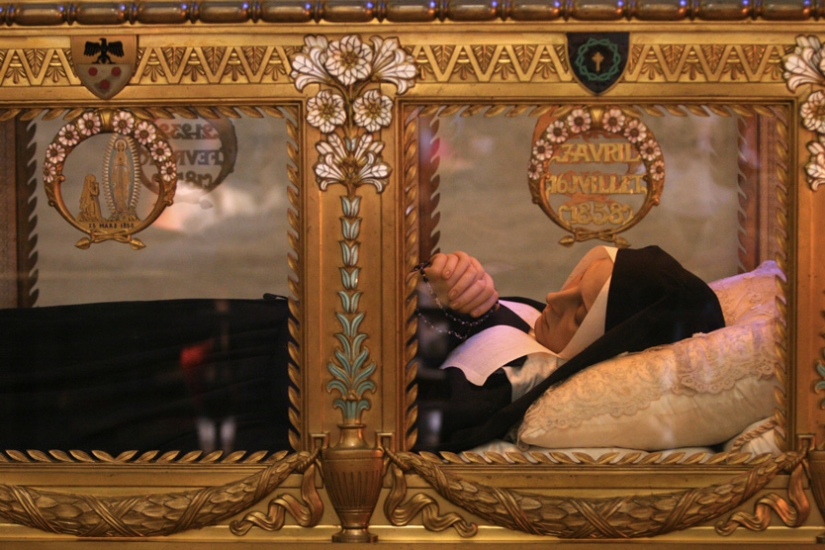
The Catholic Church has a long tradition of so-called "incorruptible saints", more than a hundred of whom were beatified or canonized. According to Catholic tradition, the incorruptible saints testify to the truth of the resurrection of the body and the life to come. The absence of corruption is also seen as a sign of holiness: a life of grace lived so close to Christ that sin with its corruption does not proceed in the usual way, but is miraculously kept at bay.
The body of Sister Wilhelmina has certainly caused a stir, but experts are confident that the investigation will find that there is no religious miracle here. According to Rebecca George, an anthropologist from At the University of Western Carolina in North Carolina, slow decomposition, similar to that of Sister Wilhelmina, is not uncommon.
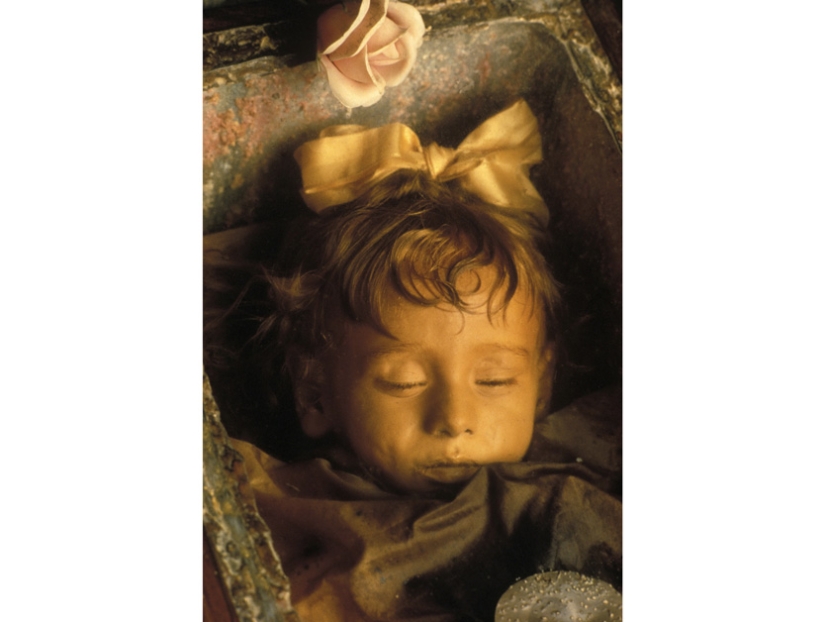
Another theory is that the body was preserved because of the adipose - a kind of fatty substance that covers and preserves corpses in a humid environment, in the absence or lack of air.
Note that bodies go through five stages of decomposition. After initial discoloration and rigor mortis in the second stage, the body swells. This is due to the fact that bacteria begin to destroy internal tissues, causing the accumulation of gases. However, with low humidity and temperature, as well as a lack of oxygen, the second stage will be slowed down, since the bacteria will have to fight for growth.
Recent articles

Winter is a special time of the year, someone is afraid of her, someone is waiting for snow days to build a snowman or go down the ...

The heroes of their photos are used to humiliate others, cheerfully and carelessly shoot everything on the phone and post the ...

Every day, photographers around the world are looking for new ways to tell stories or capture something we haven't noticed ...